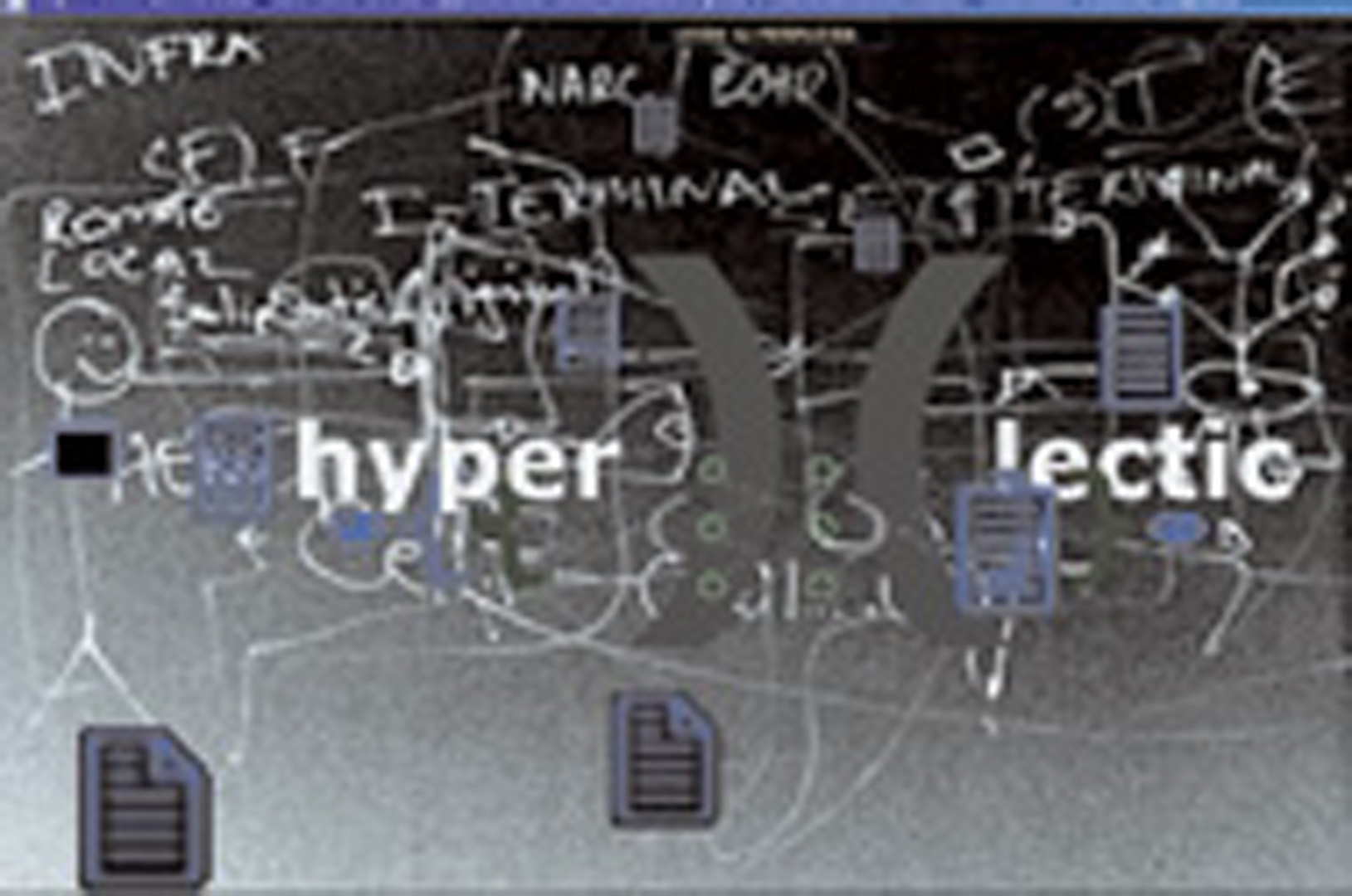“Metaphoric Networks in “Lexia to Perplexia”” by Hayles
Conference:
Type(s):
Title:
- Metaphoric Networks in "Lexia to Perplexia"
Presenter(s)/Author(s):
Abstract:
As leading theorists and practitioners such as Marvin Minsky, Daniel Hillis and Brian Antwell Smith have been telling us, computers are much more than hardware and software.’ In their most general form, computers are environments of varying scope, from objects that sit on desktops to networks spanning the globe. Indeed, in Edward Fredkin’s interpretation, computational processes ultimately generate the fabric of the universe.’ It comes as no surprise, then, to find researchers arguing that computation is fundamentally altering the ways in which humans conceive of themselves and their relations to others. There are of course many approaches to this issue, from sociological studies to human factor analysis. Among these approaches are artistic works that tell new stories about the formation of human subjects, instantiating these stories in images as well as words. To explore this systemic shift, I will take as my tutor text Talan Memmott’s “Lexia to Perplexia.”‘ In this complexly coded work, human subjectivity is depicted as intimately entwined with computer technologies.
References:
Endnotes
1. I am grateful to Nicholas Gessler for help with technical details of my analysis, Carol Wald and Michael Fadden for help in researching sources; and Marjorie Luesebrink for consultation and ideas.
2. Minsky, M. (1985). Society of mind. New York: Simon and Schuster; Hillis, D. (1999). The pattem 011 the stone. New York: Perseus Books; Cantwell Smith, B. (1998). 011 the origi11 of objects. Cambridge MA: Bradford Books.
3. Fredkin, E. (1990). Digital mechanics: An information process based on reversible universal cellular automata'” Physica D, 45 (1990): 254-70.
4. Memmott, T. (2001). Lexia to perplexia: hypermediation/ideoscope. URL: http:www.memmott.org/talan/dac200l/index.html.
5. The effect of cybernetic circuits on narrative patterns is explored in more detail in Chapter 2 ofN. Katherine Hayles. (1999). How we became posthuman: Virtual bodies in cybernetics, literature, and informatics. Chicago: University of Chicago Press.
6. Bukatman, S. (1993). Terminal identity: The virtual subject in postmodern science fiction. Durham: Duke University Press.
7. Memmott, T. Delimited meshings. (2001). URL: www.memmott.org/talan/ dac2001/delimited_meshings/meshings/O.html.
8. Mitchell, W. T. J. (1995). Picture theory: Essay on verbal and visual presentation. Chicago: University of Chicago Press.
9. Email communication, Talan Memmott, Nov. 14, 2000.
10. Email communication, Talan Memmott, November 14, 2000.
11. Memmott, T. (2001). Delimited Meshings. age11cy!applia11ce!apparatus. URL: memmott:org/falan/dac2001/memmott/memmott.html.





